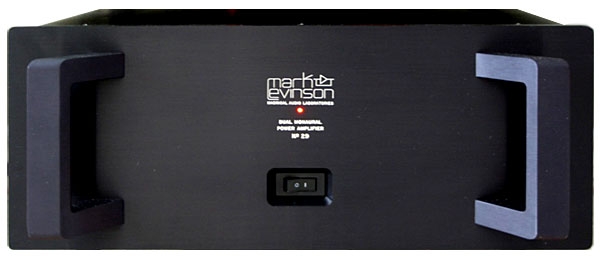| Columns Retired Columns & Blogs |
I was buying Koetsu from Madrigal who also "offered" us the Levinson line. ( we were shopping for a Solid-State Line ).
We were bringing in as many "good" companies as we could arrange including Bryston, Electrocompaniet, Levinson, Threshold and a few others, etc., etc.
We set up a group of local "Audiophiles" willing to be "advisers" on product selections and to be auditioners for evaluations.
No-one was impressed with Levinson based on Sound Quality, the little medical connectors were a total deal killer. I recall the group's summary calling Levinson stuff "ideal for successful Dentists". I have to say that Levinson's Product Brochures were beautiful.
We settled on Electrocompaniet which, I still think, is the best sounding electronics I've ever heard. I much later learned that Quincy Jones and Michael Jackson both shared my estimations.
My Schiit Asgard 2 headphone Amp seems very similar ( $250 New for gods sake ) . Tyll Herstens recommended it!, thank you Tyll.
Tony in Michigan






































